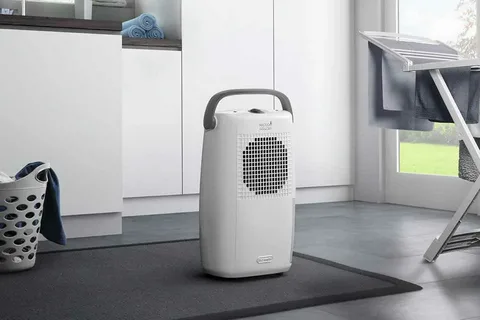In many homes and workplaces, high humidity can lead to discomfort, mold growth, and even structural damage. One of the most effective ways to combat excess moisture in the air is through the use of a dehumidifier. But what exactly happens inside this device? This article explores the science behind dehumidifiers: how they work and why they matter in maintaining a healthy indoor environment.
Understanding Humidity and Its Effects
Humidity refers to the amount of water vapor present in the air. While some humidity is necessary for comfort and health, too much can lead to:
- Mold and mildew growth
- Increased allergens (like dust mites)
- Musty odors
- Peeling paint and warped wood
- Respiratory issues
Maintaining an optimal indoor humidity level (typically between 30–50%) is essential, and that’s where dehumidifiers come into play.
How Dehumidifiers Work: The Science Explained
At its core, the science behind dehumidifiers relies on basic thermodynamics and condensation. Most household dehumidifiers use a refrigeration-based system to remove moisture from the air. Here’s how the process works:
1. Air Intake
A fan draws humid air into the dehumidifier.
2. Cooling Coils
The air passes over cold coils. As the air cools, its ability to hold moisture decreases, and water condenses on the coils (similar to how a cold glass of water “sweats” on a humid day).
3. Water Collection
The condensed water drips into a reservoir or is drained away via a hose.
4. Warm Air Release
The now-dry air is reheated slightly and blown back into the room.
Some modern dehumidifiers also use desiccant technology, which absorbs moisture using a special material instead of cooling the air. This type is especially useful in colder climates.
Why Dehumidifiers Matter for Health and Home
Understanding the science behind dehumidifiers: how they work and why they matter helps highlight their importance in both residential and commercial spaces.
1. Health Benefits
By reducing excess moisture, dehumidifiers help limit the growth of mold, mildew, and dust mites—all of which can trigger allergies and asthma.
2. Protecting Property
Moisture can wreak havoc on furniture, electronics, walls, and floors. A dehumidifier protects your investment by keeping humidity levels in check.
3. Energy Efficiency
In humid conditions, air conditioners have to work harder to cool the air, consuming more energy. Dehumidifiers reduce this load, leading to more efficient cooling and lower energy bills.
Choosing the Right Dehumidifier
Now that we understand the science behind dehumidifiers: how they work and why they matter, it’s important to choose the right unit based on:
- Room size
- Humidity level
- Drainage options
- Energy efficiency ratings
Look for features like automatic shut-off, built-in humidistats, and washable filters to get the most out of your device.
Final Thoughts
Whether you’re dealing with a damp basement, a humid bathroom, or a general indoor air quality issue, dehumidifiers offer a practical and science-backed solution. By grasping the science behind dehumidifiers: how they work and why they matter, users can make informed decisions to improve their comfort, protect their property, and promote better health.


